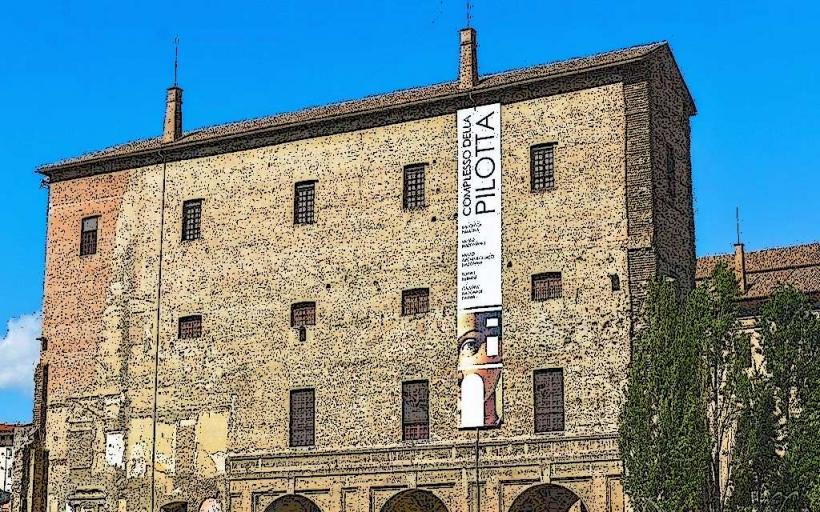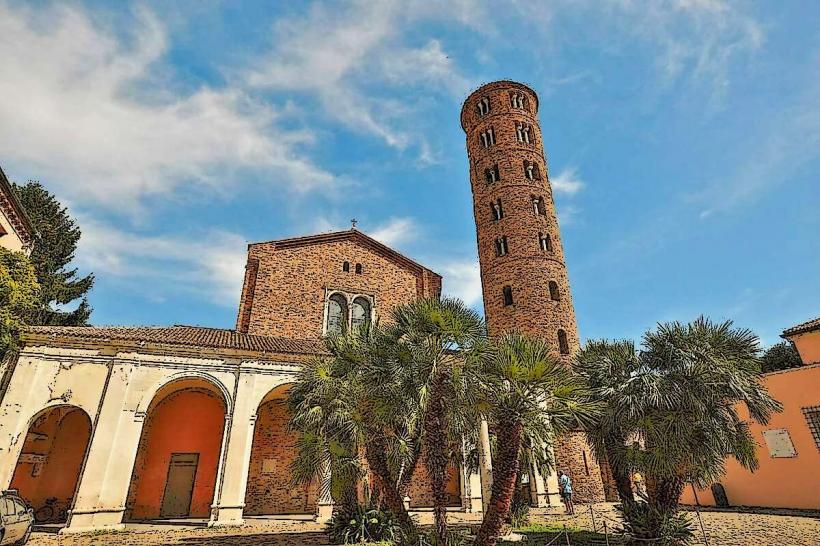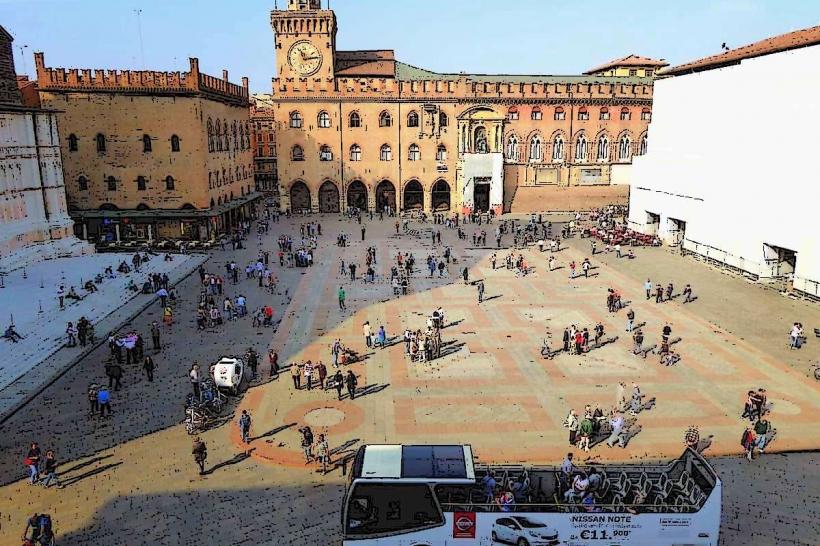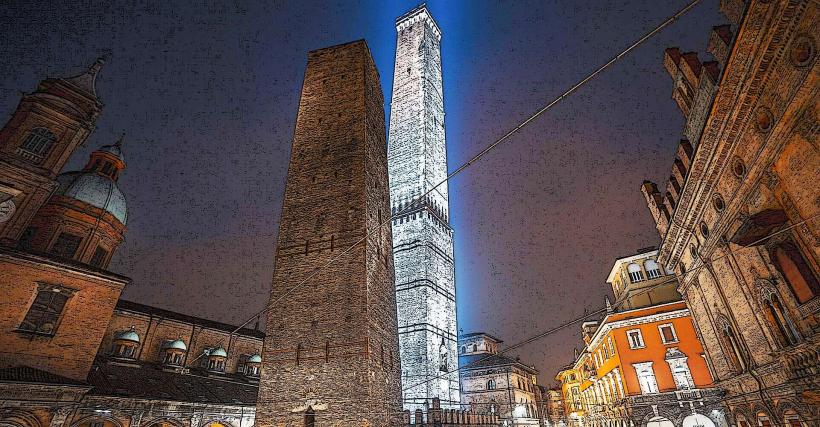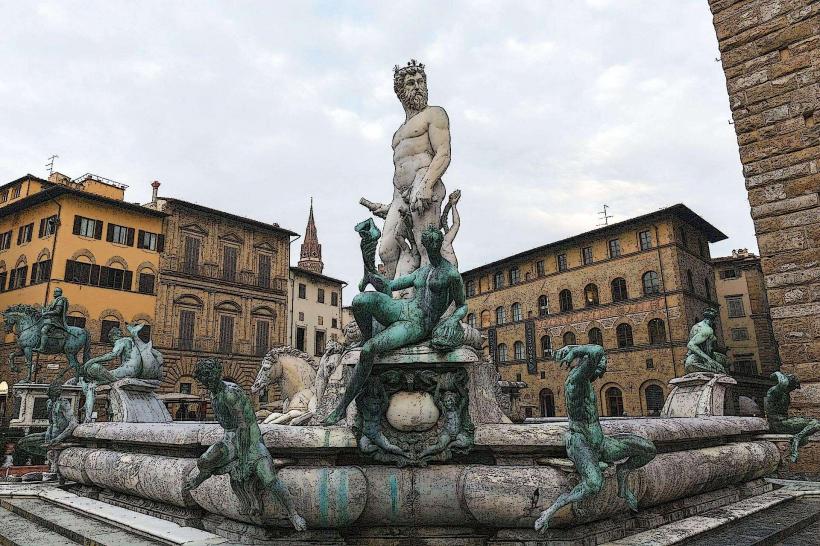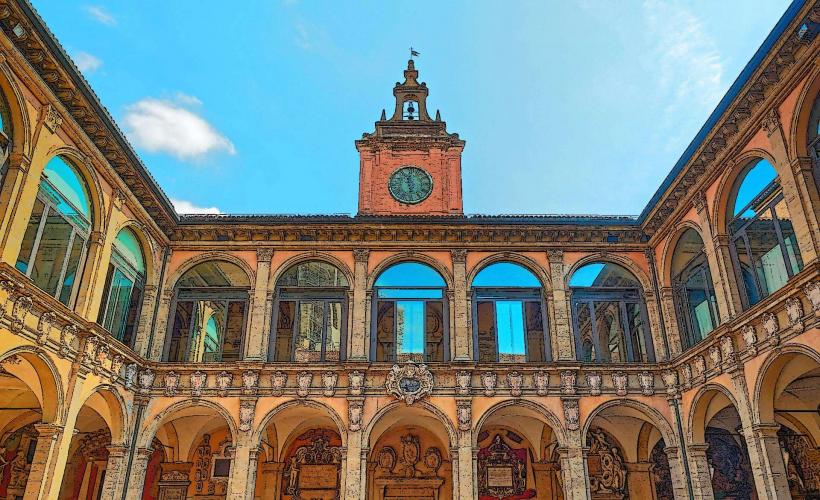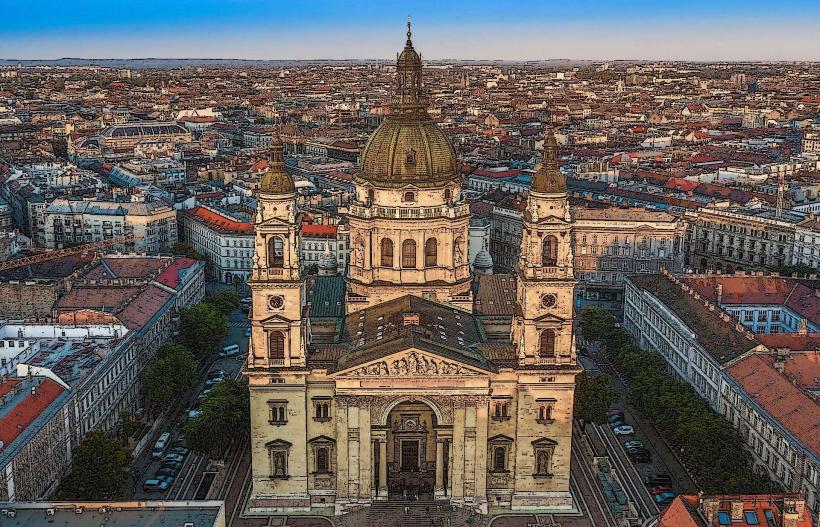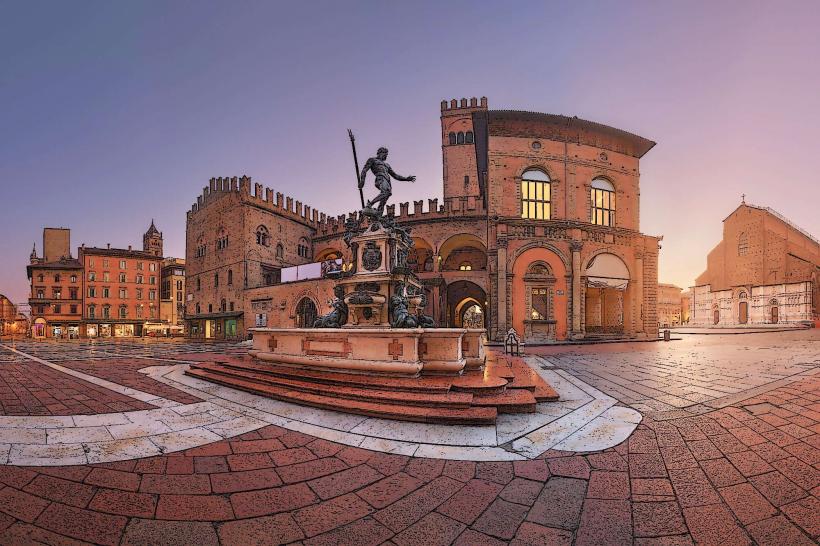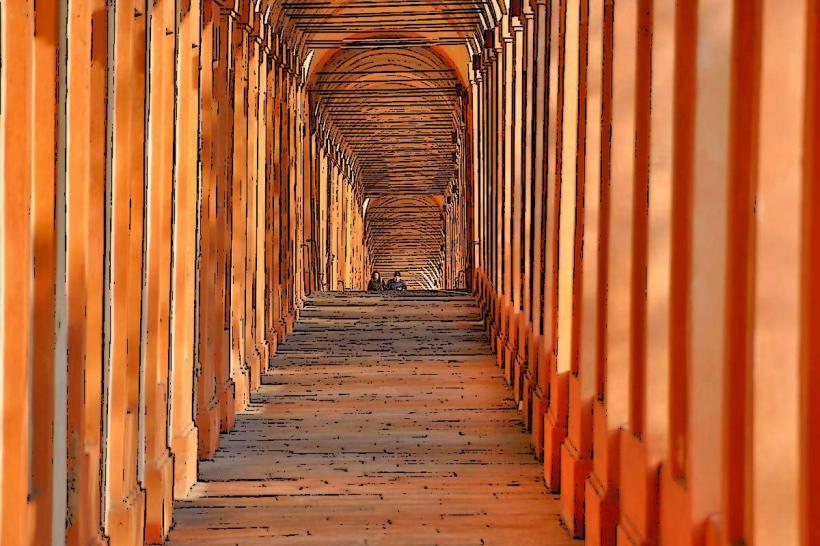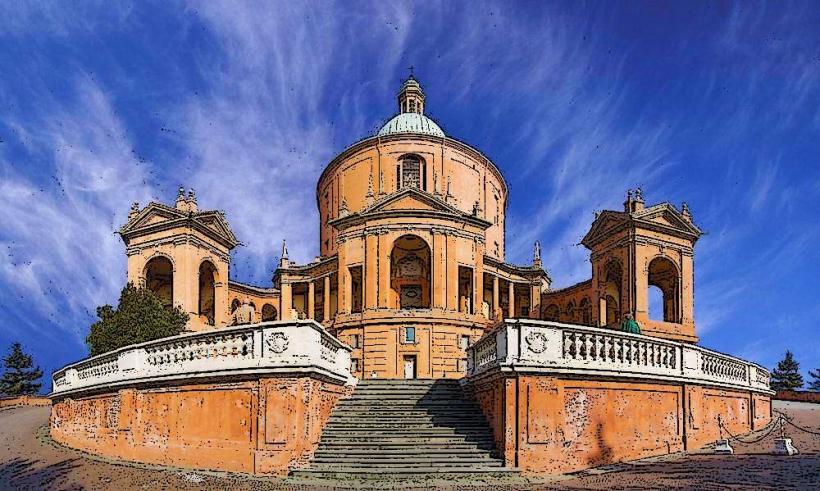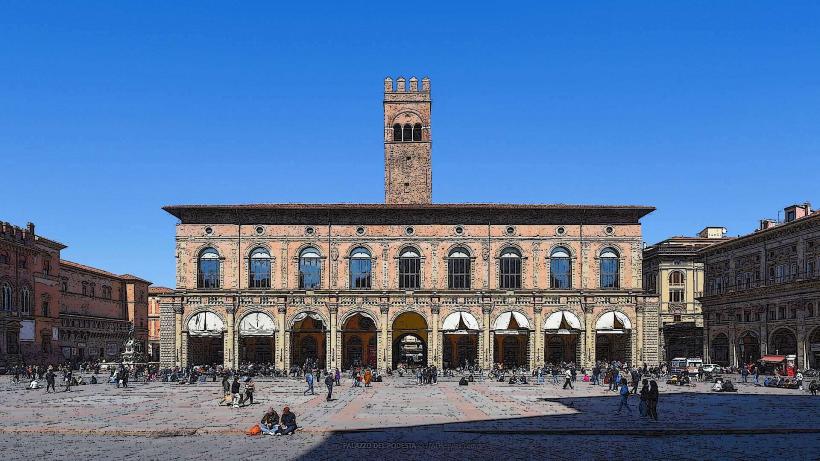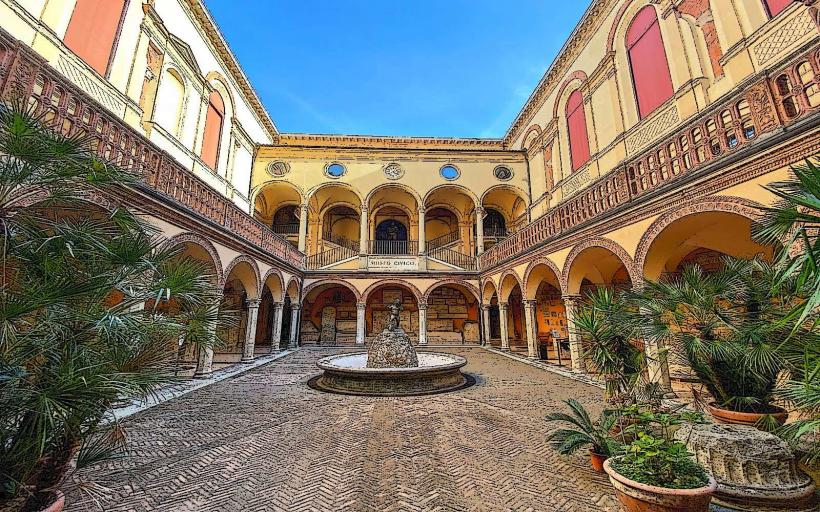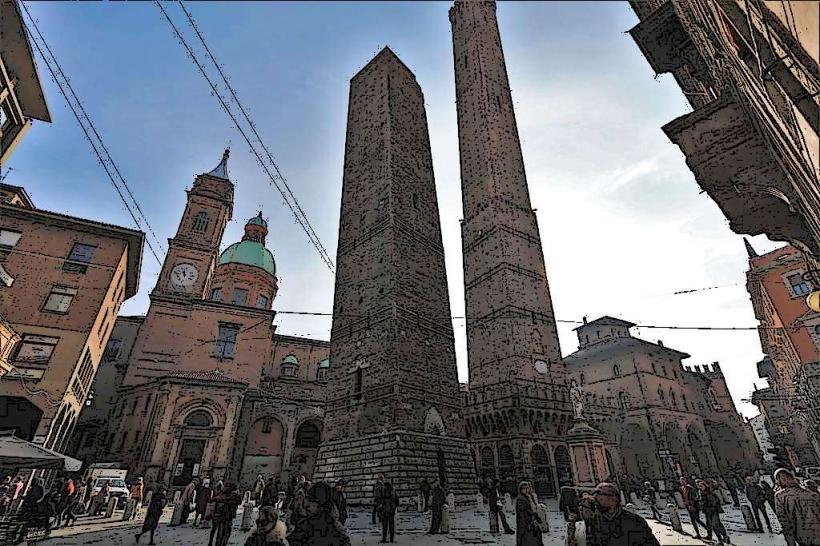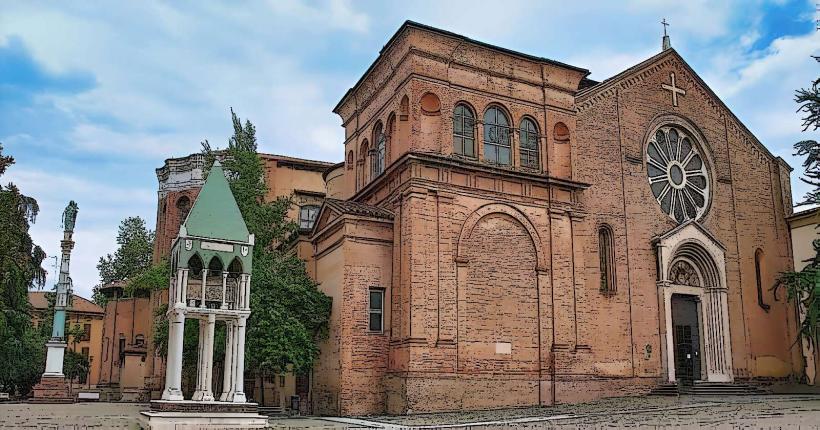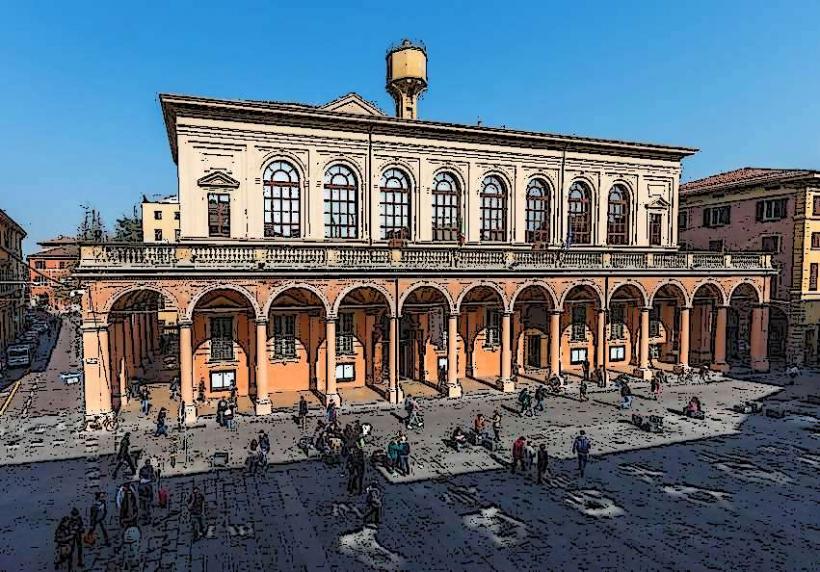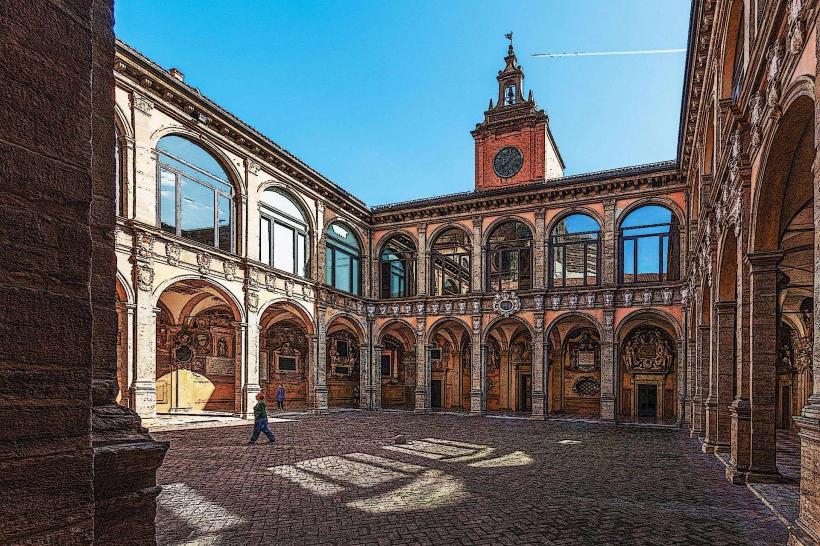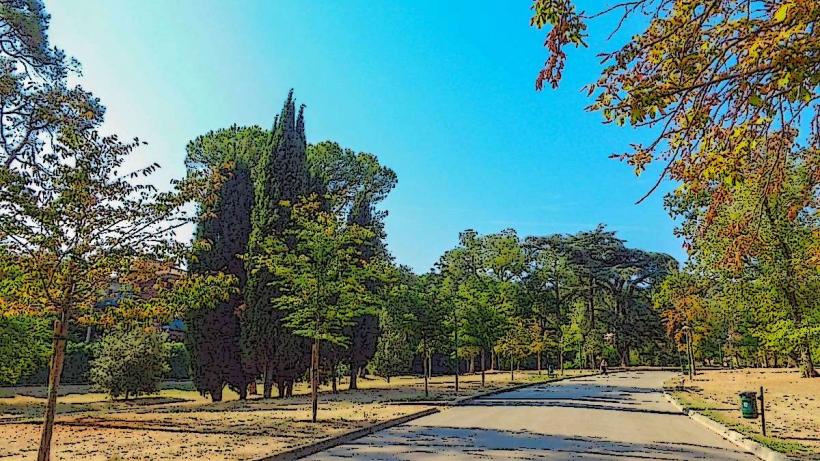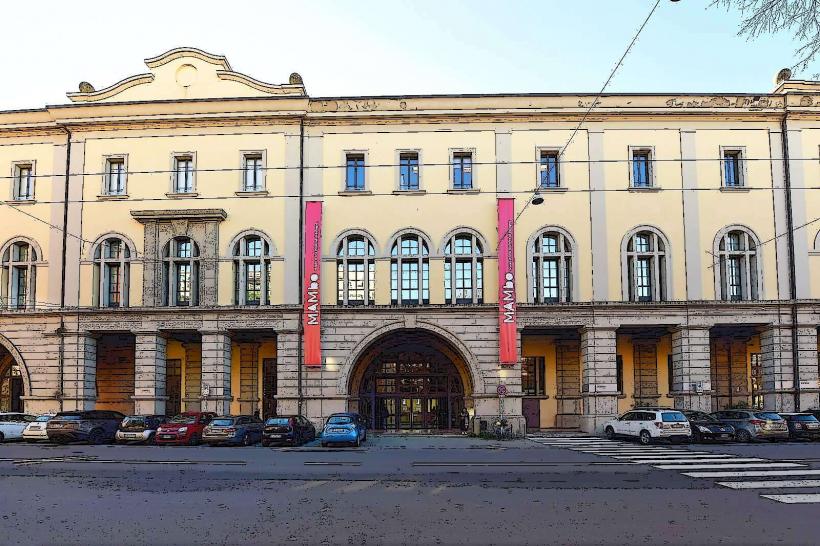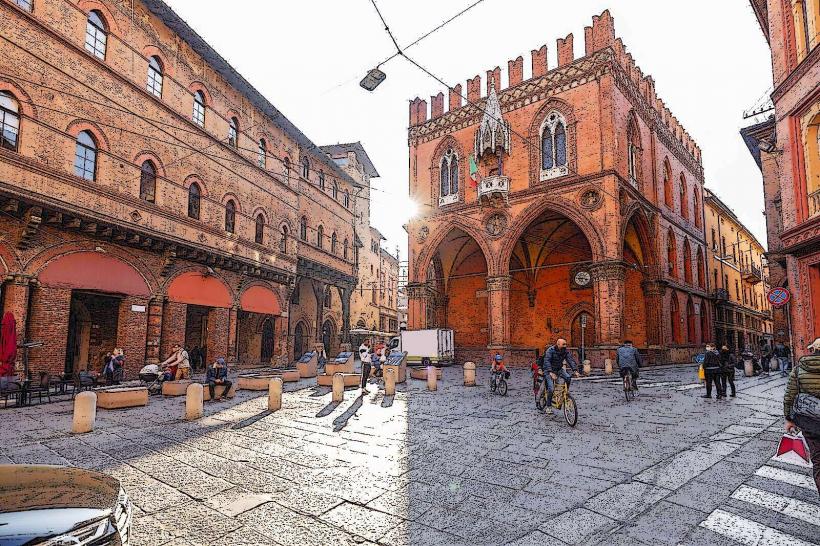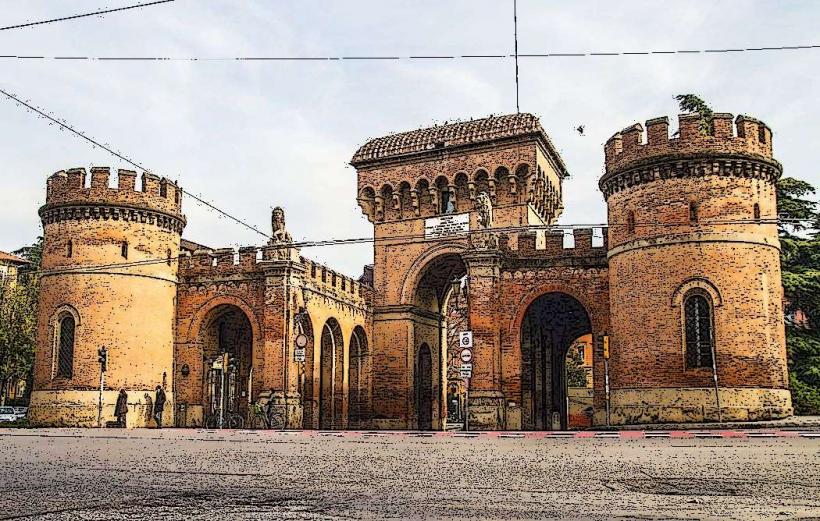Information
Landmark: Pinacoteca Nazionale di BolognaCity: Bologna
Country: Italy
Continent: Europe
The Pinacoteca Nazionale di Bologna (National Gallery of Bologna) is one of Italy's most important art museums, located in the heart of Bologna. It houses a significant collection of works by some of the greatest Italian and European artists, particularly from the Emilian and Renaissance periods.
Key Features of the Pinacoteca Nazionale di Bologna:
Historical Background:
- The Pinacoteca Nazionale was founded in the 18th century, specifically in 1776, as a result of the efforts of local artists and collectors to create a museum for the public. The museum has since evolved to hold one of the most prestigious collections of art in Italy.
- The museum is housed in the Palazzo Malvezzi-Campeggi, a Renaissance building that adds to the grandeur of the experience, featuring ornate architecture and large, open gallery spaces for the display of artworks.
Art Collection:
- The collection spans from the 13th century through the 18th century, showcasing the rich history of Bolognese and Italian art. The museum contains over 2,000 works, with a focus on painting but also including some sculpture and decorative arts.
Notable Artists and Works: The gallery's collection includes works by many renowned artists, with some of the most famous being:
- Giovanni da Modena: A key figure in Early Renaissance painting in Bologna, known for his frescoes and altarpieces.
- Francesco Francia: An important Renaissance artist from Bologna, his works are represented in the museum, showcasing his talent for delicate altarpieces and portraits.
- Parmigianino (Francesco Mazzola): A Mannerist painter famous for his elongated figures and idealized beauty, Parmigianino’s works are a highlight of the museum’s collection.
- El Greco: The renowned Spanish artist who, although primarily associated with Spain, spent time in Italy and has his works on display in the museum.
- Caravaggio: A Baroque master, the museum holds a rare early work of Caravaggio, which is particularly noteworthy due to the artist’s innovative use of light and shadow.
- Guercino (Giovanni Francesco Barbieri): A Baroque artist from nearby Cento, his dramatic religious works and portraiture are one of the highlights of the collection.
- Bartolomeo Cesi: Known for his refined and religious-themed works, his pieces are beautifully represented in the Pinacoteca.
Major Artworks: Some of the masterpieces on display include:
- "The Assumption of the Virgin" by Correggio: A stunning Renaissance altarpiece that is one of the museum’s standout pieces.
- "St. Cecilia" by Guido Reni: An iconic work of Baroque art, known for its ethereal depiction of the saint.
- "The Dead Christ" by Giovanni Bellini: A moving Renaissance depiction of the crucified Christ, showcasing Bellini’s mastery of color and light.
- "The Madonna and Child" by Lorenzo Costa: A classic early Renaissance piece showcasing the graceful depiction of the holy family.
- "Madonna with Child and Saints" by Francesco Francia: One of his significant works in the gallery, showcasing his sensitive use of color and intricate detail.
Gallery Layout:
- The museum is organized in a way that takes visitors through the historical progression of art in Bologna, from its medieval roots to the Renaissance and Baroque periods.
- Room after room highlights the stylistic evolution of Bolognese and Italian art, with many works presented with informative labels that detail their historical and artistic significance.
- The museum also has some temporary exhibitions that feature modern art or exhibitions dedicated to specific artists or art movements, contributing to an ongoing dialogue between the past and present.
Special Collections:
- The Pinacoteca Nazionale has a special focus on the Bolognese School of Painting, with many works by artists who were based in the region or who spent significant time there. These works are essential for understanding the unique development of art in Bologna.
- The museum's collections are housed in several rooms on different floors, each dedicated to specific periods or themes such as early Christian art, the Renaissance, and the Baroque.
The Building:
- The museum is housed in a 16th-century palace, the Palazzo Malvezzi-Campeggi, which itself is a masterpiece of Renaissance architecture. The palace features elegant courtyards, staircases, and frescoed ceilings, making a visit to the Pinacoteca Nazionale a total art experience.
- The museum’s interior design complements the art on display, with spacious galleries that allow for easy viewing and appreciation of the works.
Visitor Experience:
- The museum is well-equipped for visitors, with clear signage, informative plaques, and often audio guides available in several languages. It’s an excellent place for both art lovers and casual visitors who want to learn about the cultural heritage of Bologna.
- The Pinacoteca is a peaceful place to explore, offering a moment of calm amidst the bustling city. The museum also has a small bookshop where visitors can purchase catalogues and other publications related to the artworks on display.
Conclusion:
The Pinacoteca Nazionale di Bologna is an essential stop for anyone interested in Italian art. Its wide-ranging collection, focused on the Renaissance and Baroque, with a particular emphasis on the Bolognese school, makes it one of Italy’s premier galleries. Whether you are a dedicated art lover or simply curious about Bologna’s artistic history, the museum offers a chance to explore centuries of creativity in one of Italy’s most beautiful cities.

